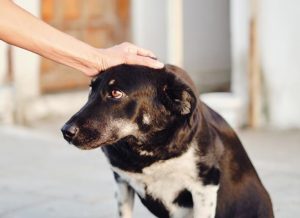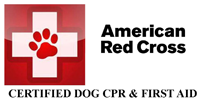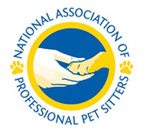No You Can’t Pet My Dog

Question… Do you let random strangers come up to you or your child, get into your personal space and touch you, your child? No, of course you don’t. Why? Because you don’t know them, because it would be uncomfortable, because it would make you feel nervous, anxious or even scared. Because it’s just plain weird.
How to Train a Dog to Be Balanced
These words are as true for dog training as they are for anything else. How to train a dog
Many people say they want a well trained dog but not as many are willing to do what it takes to achieve that.
It’s easy to share love and affection. It’s not as easy to share structure and discipline.
Get Your Dog Walking In Following Mode
Get Your Dog Walking In Following Mode by using these techniques.
I get so many calls from people that have dogs that are reactive on the leash when they are walking them.
Are You Happy with GEO or Do You Want More? Good Enough Obedience
GEO or Good Enough Obedience is what many owners experience with their dogs. Does this sound familiar? You put your dog in a down and they stay there for a few minutes maybe longer. ThenGood enough obedience they begin to scratch, stretch, sniff, reach for a toy etc. You don’t do anything because technically they are still in the down. Then they begin to creep ever so slightly but still you are okay with that because they haven’t gotten up. Now we are in the GEO zone. If you’re happy with that, okay. But remember this, the small stuff matters! What you don’t disagree with, you are agreeing with. And if you are agreeing with less than true obedience, you’ll get more of the same.
Helping Your Fearful Dog Gain Confidence
Living a life filled with fear or anxiety is no fun for humans or dogs. In fact, it is a terrible way to live. Feelings of anxiety, nervousness fearful dog hidesand fear flood the body with toxic chemicals and can shorten a lifespan. Helping your fearful dog gain confidence can be as simple as introducing exercise into their routine, implementing basic obedience skills, coping skills and using something pleasurable (food or toys) to change the way your dog feels about the fearful object or environment.
6 Potty Training Tips for Puppies and Adult Dogs
I receive many calls regarding potty training both for puppies and adult dogs. With the holiday season there will be many more calls as puppies and dogs are high on the Christmas wish list.
Immunization vs Socialization
As a new puppy owner, you may have been told by your Puppies playing socializationveterinarian, read on the web or heard from other dog owners that you should not socialize your puppy until they have been fully vaccinated. That socialization can wait.
Ticks, 2017 Worst Summer on Record for People and Pets
As reported by Nancy Hinkle, a veterinary entomologist at the University of Georgia’s Department of Entomology, “We’re seeing tick on dogticks in greater numbers than we have seen in the last decade.”
4 Simple Tips to Sharpen Your Dog’s Basic Commands
It’s easy to have your dog become really good at performing the basic commands of sit, down, stay & come when called. Working these basic commands into their daily routine ensures that when you actually need them to perform one of these skills, your dog will be very good at it. This can be a lifesaver!
10 Important Questions to Ask When Hiring a Pet Sitter
I’m sure like most pet owners, you feel that your pets are not just animals they are family members. As such you want to make sure that whoever is caring for them ishiring a pet sitter to provide pet care for your dog in your home qualified to do so. As a professional pet sitter, I have heard many horror stories from new clients regarding non-professionals they have used in the past. From pets left for days without food or water, to their pet sitter canceling on them at the last minute, to the person bringing other people, friends or family members into their home, to medications not being administered correctly or at all, to complete no shows and more! These tragedies and more are what caused them to seek out a professional pet sitting service.






